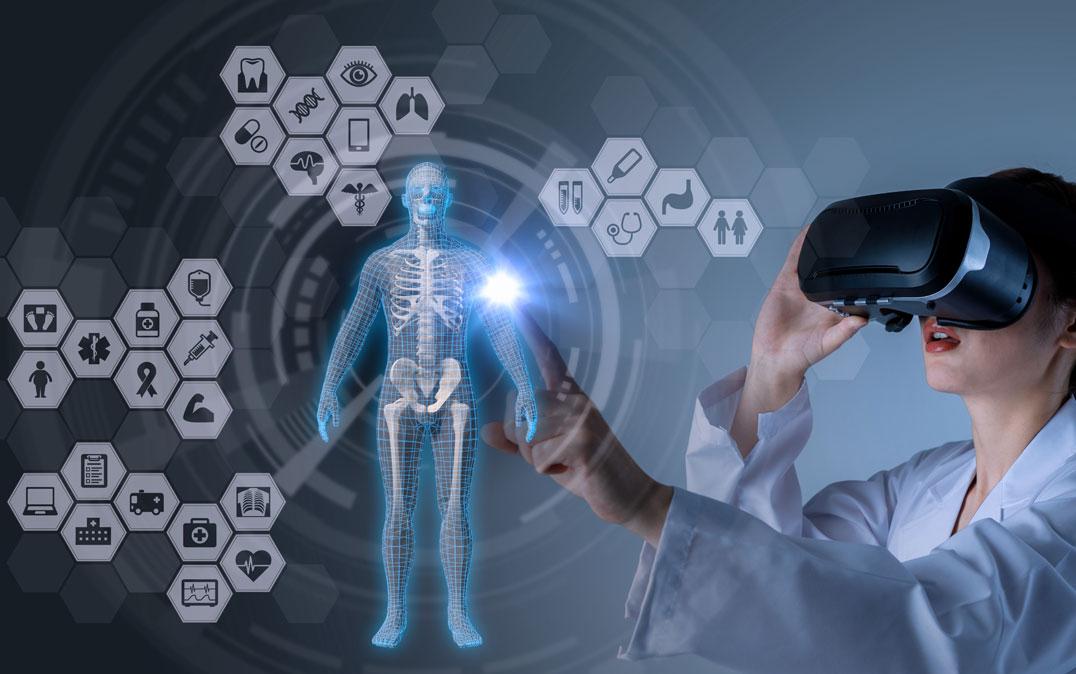Research News
Limitations of Virtual Reality Learning in Developing Tactile Sensation and Communication Skills
 Image by metamorworks/Shutterstock
Image by metamorworks/Shutterstock
A team of researchers from the University of Tsukuba conducted an evaluation to assess the effectiveness of a virtual reality (VR)-based educational system in teaching radiology technologist students and improving their skill proficiency. The study revealed that while some skills were found to be equally effective compared to conventional learning methods, certain skills that relied on tactile sensation and communication demonstrated a decrease in proficiency.
Tsukuba, Japan—A team of researchers from the University of Tsukuba conducted a study to evaluate the effectiveness of a virtual reality (VR)-based education system in improving the skill proficiency of radiology technologist students. While VR technology is widely used in gaming and business, its potential use in the medical field is also being explored, particularly for surgical simulations and technical training for medical personnel. VR-based education systems have been proposed as an effective way to train radiology technologists who handle radiation-based medical equipment without exposing them to harmful radiation. However, VR technology is still in its developmental stage, and several challenges need to be addressed before it can be fully integrated into educational settings.
The team used a VR-based education system in this study to train radiology technologist students and evaluated the impact of the training on their skill proficiency. The results showed that although some skills demonstrated similar proficiency levels to conventional learning methods, certain skills that relied on tactile sensation and communication had significantly reduced proficiency levels. The study also found that self-assessment of proficiency was significantly higher for some skills in self-learning.
This study highlights the challenges of implementing VR technology in education and emphasizes the need for the development of more effective VR-based education systems.
###
No funding was received for this work.
Original Paper
- Title of original paper:
- Radiography education with VR using head mounted display: proficiency evaluation by rubric method
- Journal:
- BMC Medical Education
- DOI:
- 10.1186/s12909-022-03645-8
Correspondence
Professor KURODA Yoshihiro
Institute of Systems and Information Engineering, University of Tsukuba
KATO Kengo
Graduate School of Science and Technology, University of Tsukuba
Related Link
Institute of Systems and Information Engineering (in Japanese)





